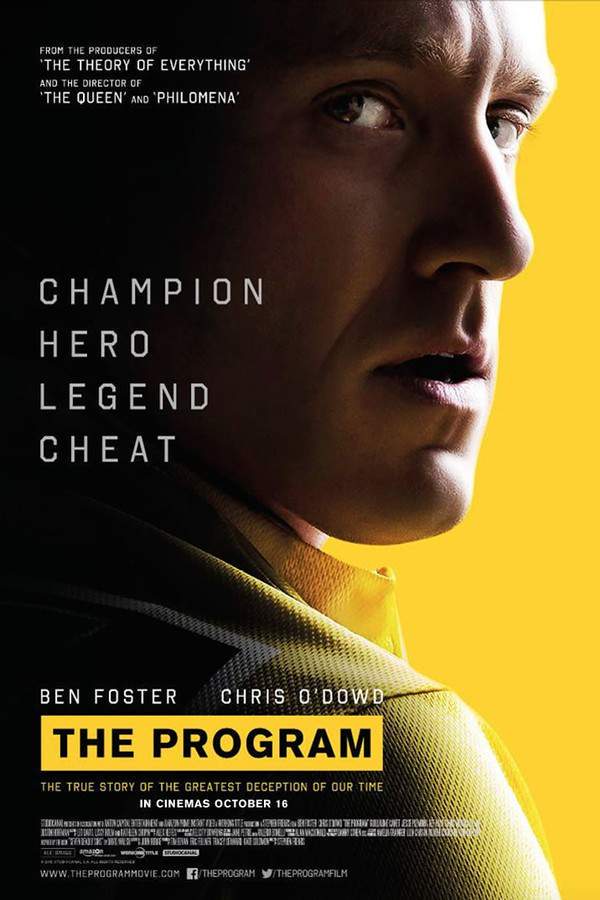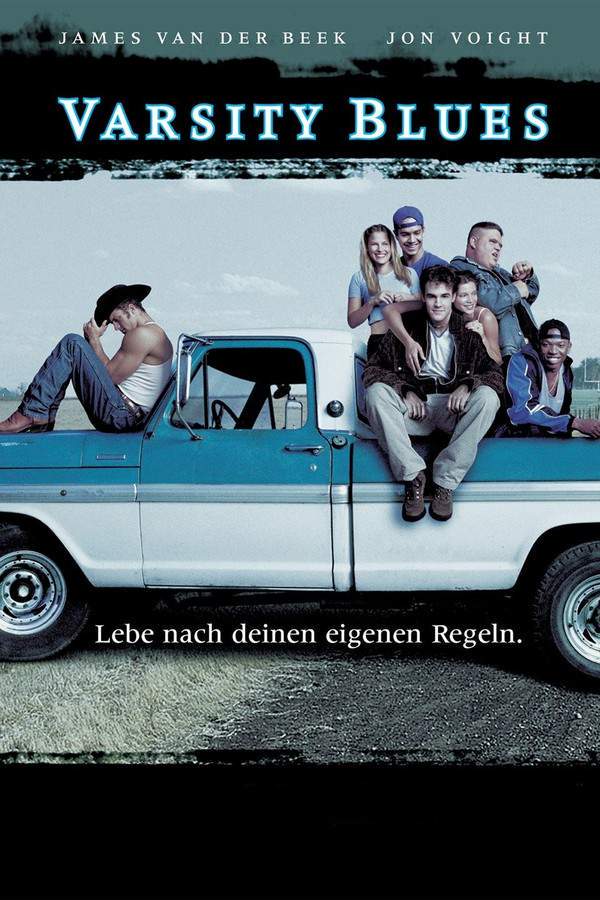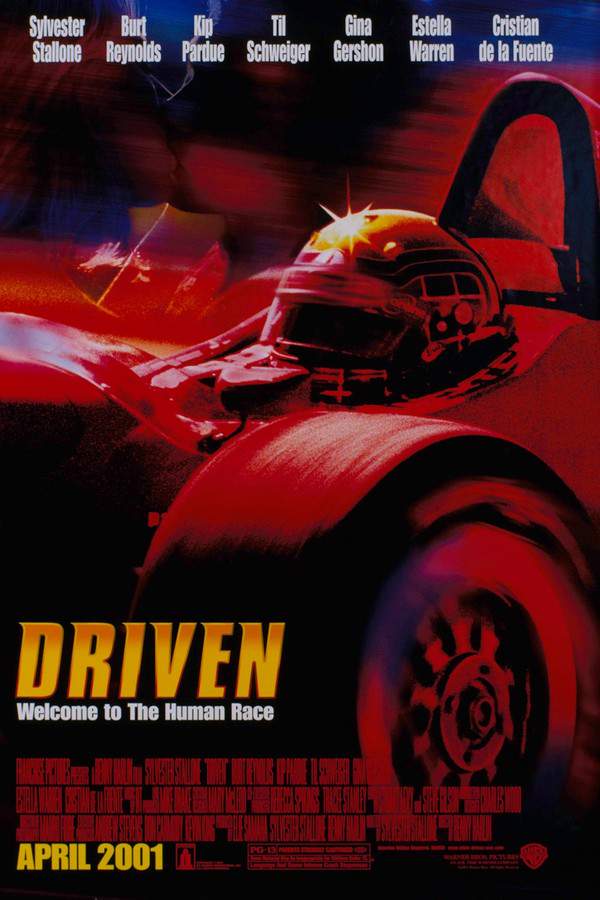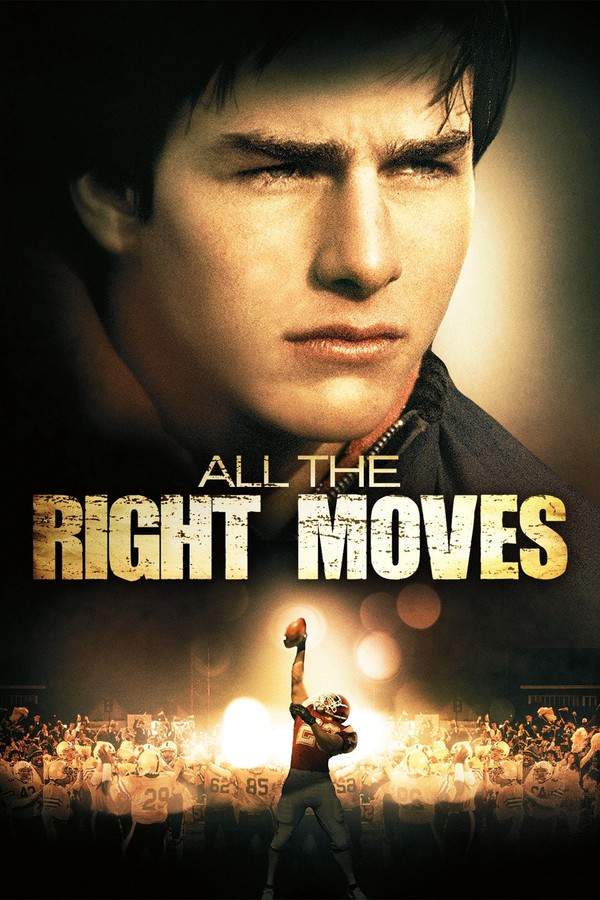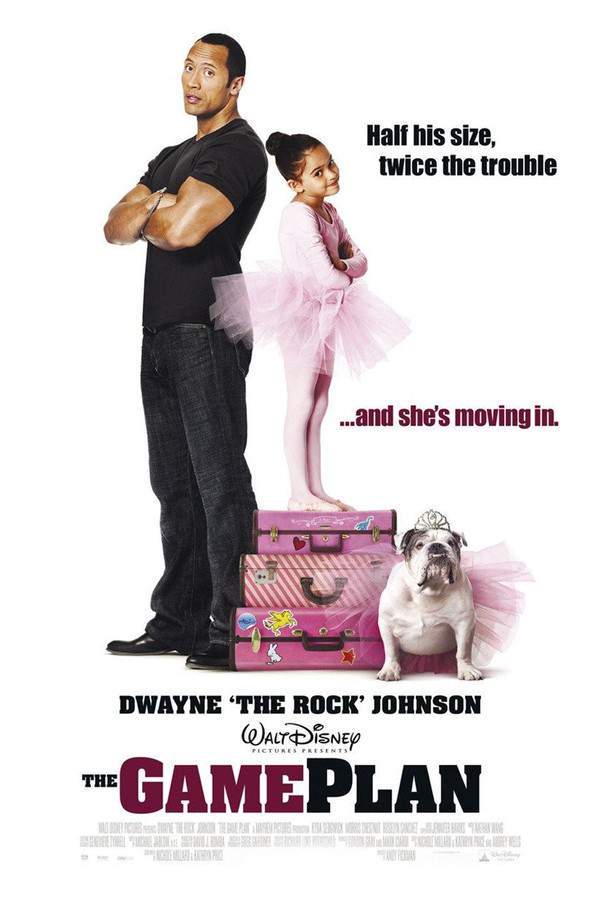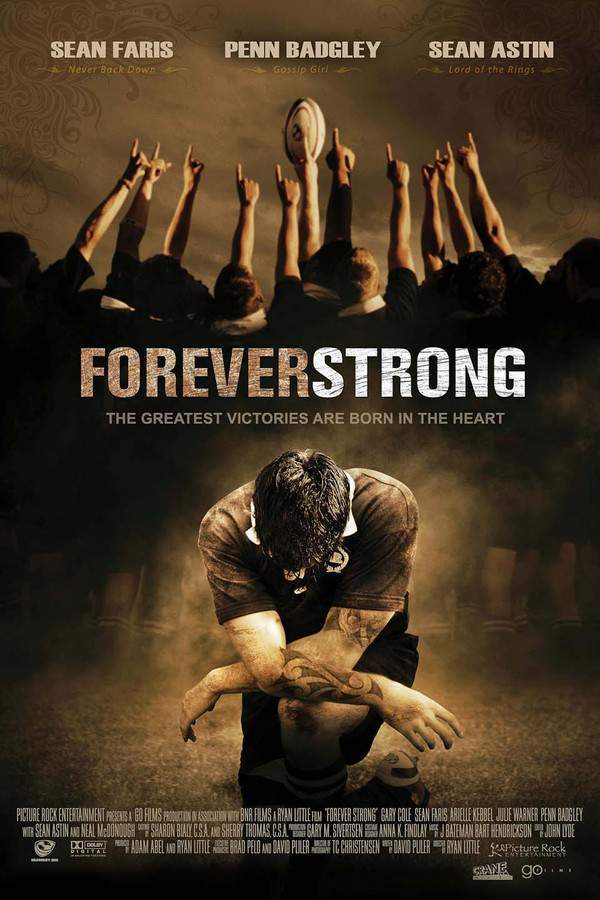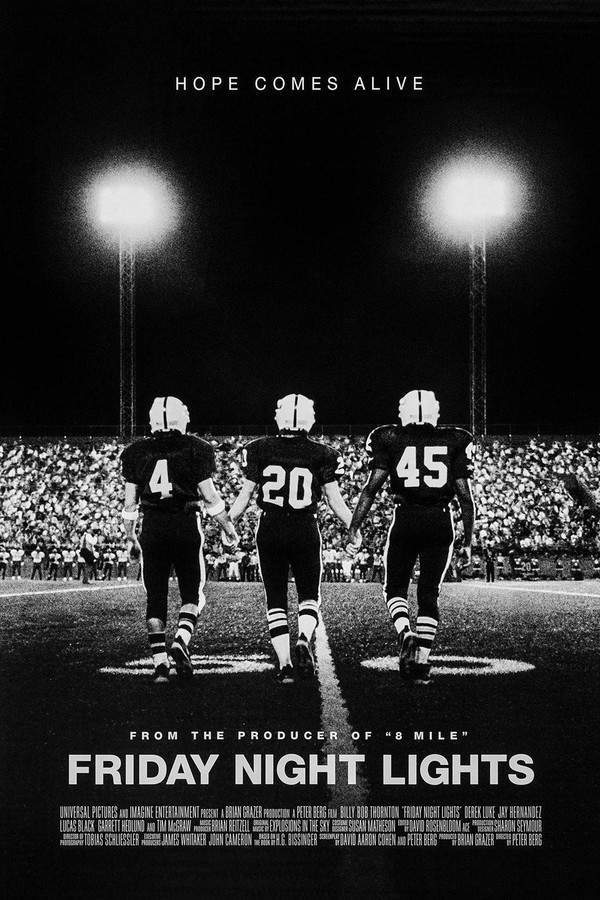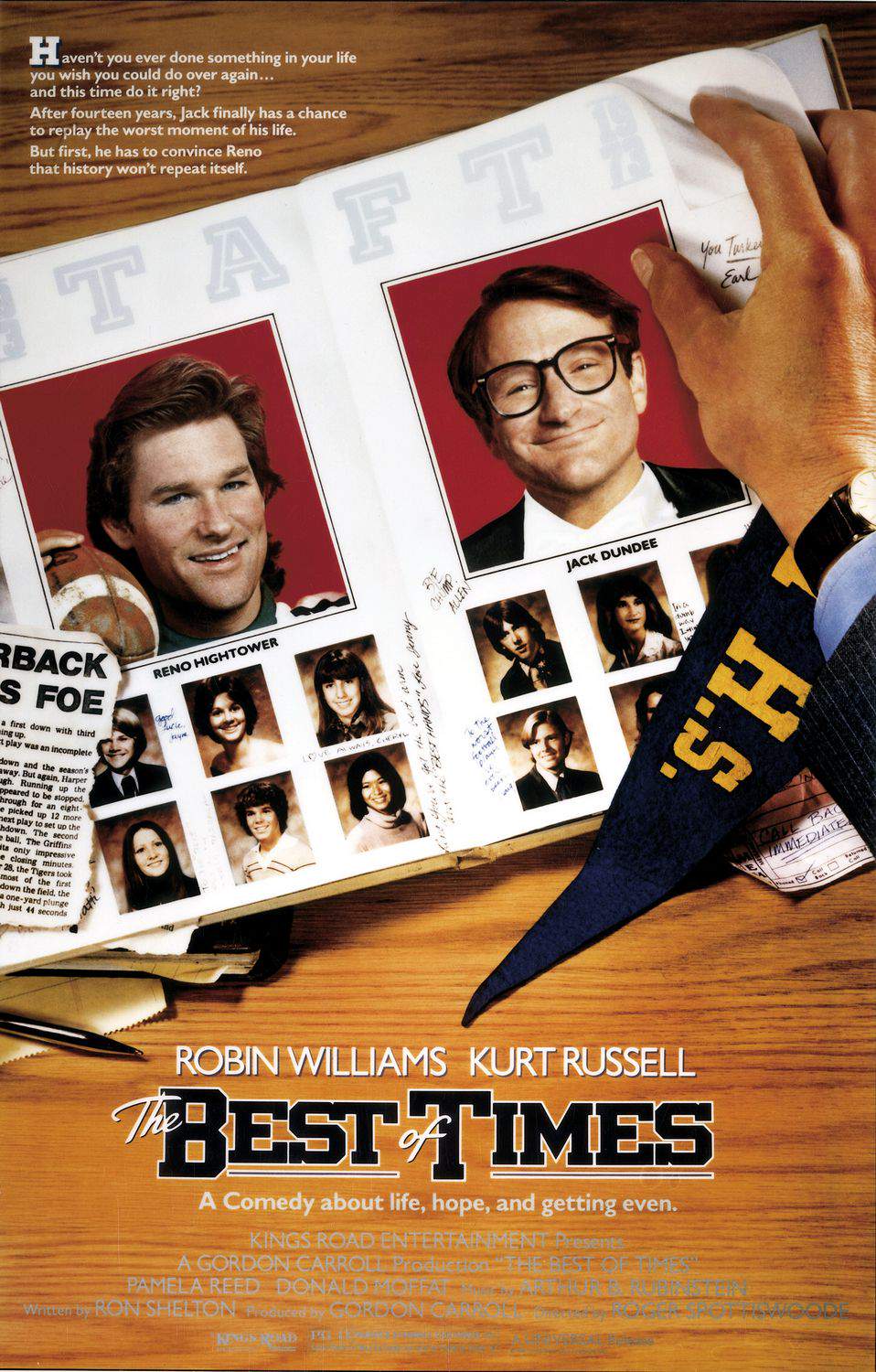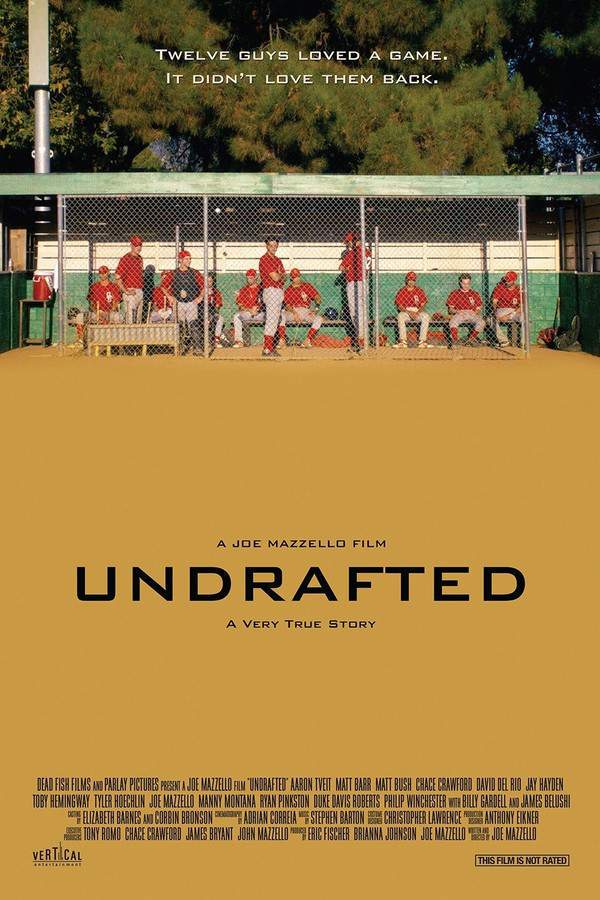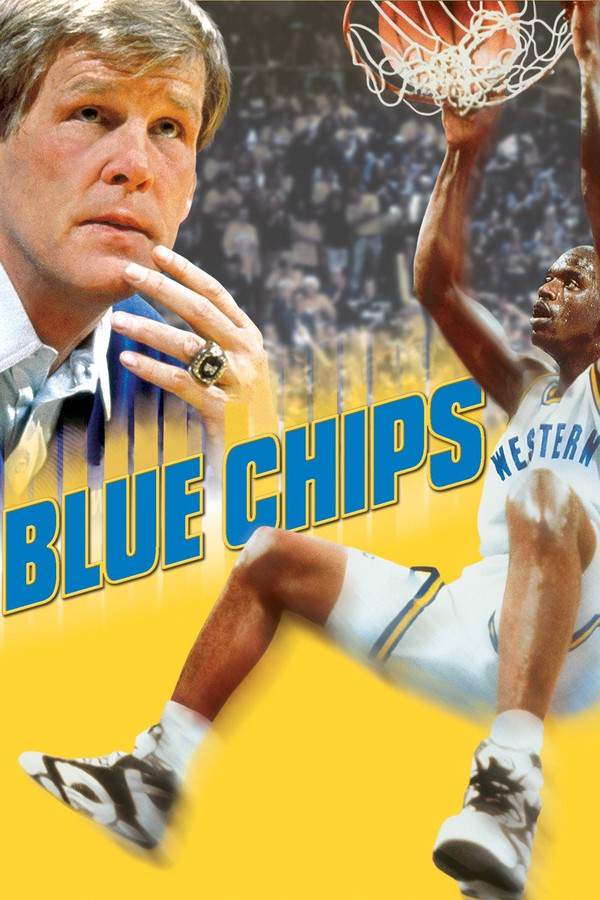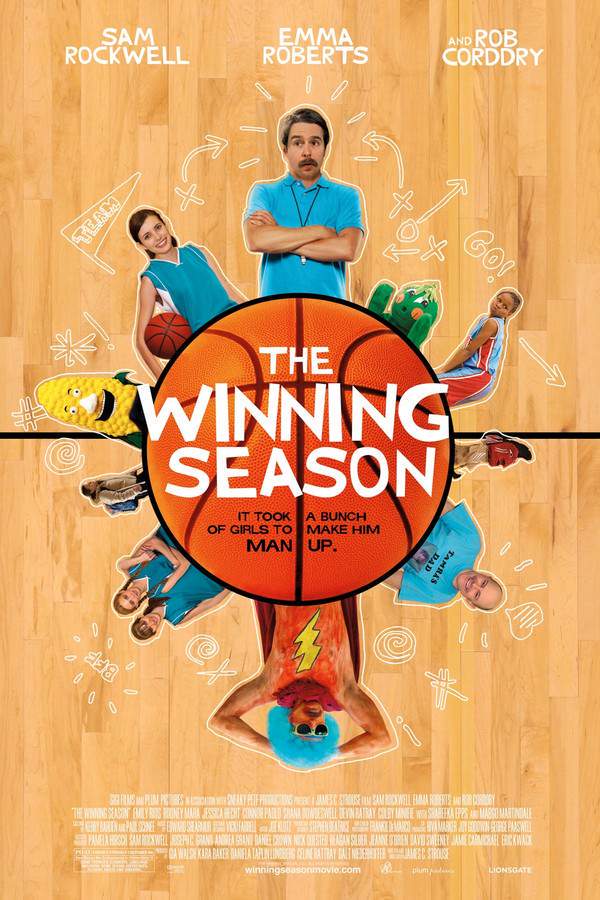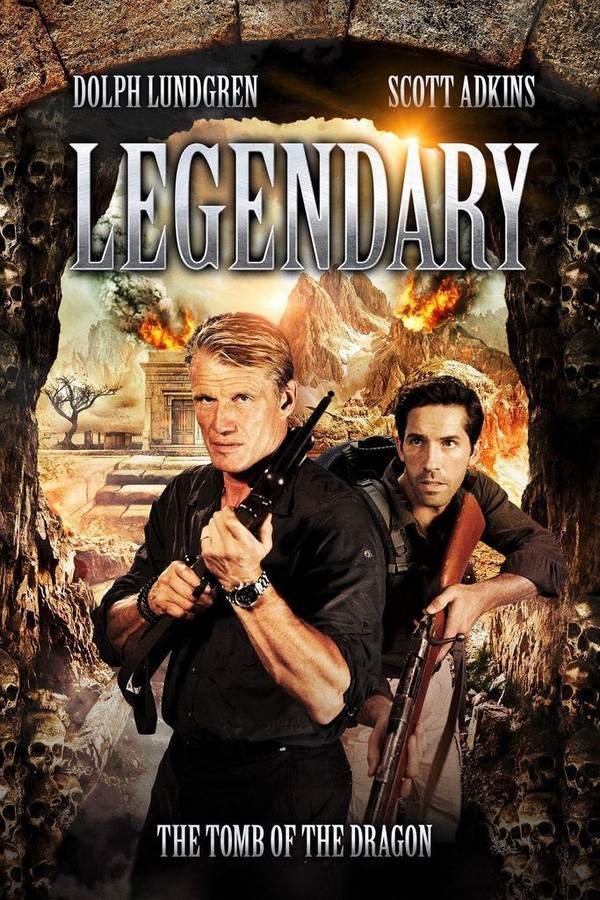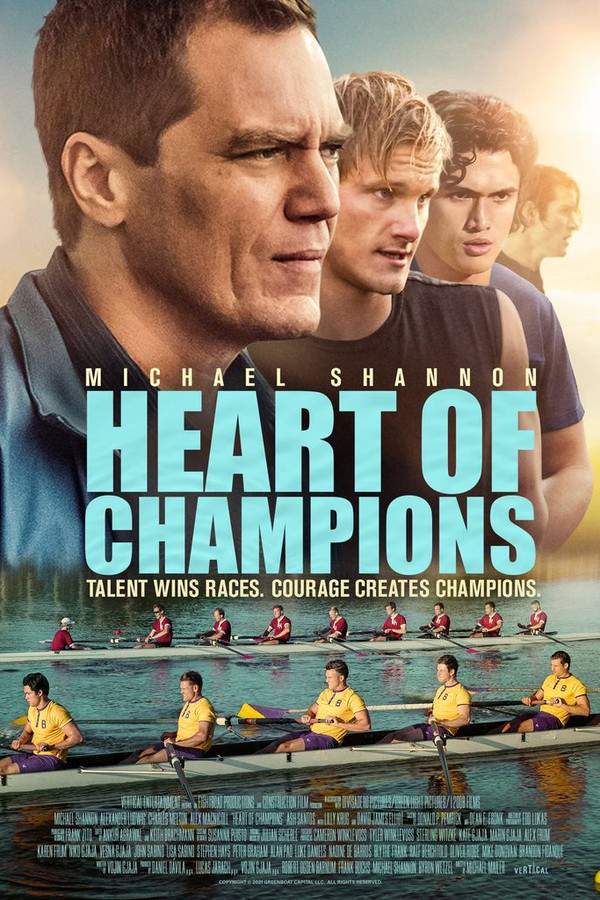
The Program
Year: 1993
Runtime: 112 min
Language: English
Director: David S. Ward
Amidst the intense world of collegiate football, a group of players confronts the challenges of balancing their dedication to the sport with the overwhelming pressures of competition and the pursuit of academic success. They grapple with the temptations of fame, finding themselves drawn to coping mechanisms like alcohol, pills, and late-night study sessions, while others seek refuge in their studies. The film explores the personal struggles and triumphs of these athletes as they navigate this demanding environment.
Warning: spoilers below!
Haven’t seen The Program yet? This summary contains major spoilers. Bookmark the page, watch the movie, and come back for the full breakdown. If you're ready, scroll on and relive the story!
The Program (1993) – Full Plot Summary & Ending Explained
Read the complete plot breakdown of The Program (1993), including all key story events, major twists, and the ending explained in detail. Discover what really happened—and what it all means.
ESU Timberwolves coach Sam Winters [James Caan] must win this season or be fired, setting a high-stakes backdrop for a story built on pressure, ambition, and the messy realities of college football. The season opens under the bright glare of expectations, but the weight of what failure would mean hangs heavy over everyone involved. At the same time, a personal drama unfolds: Sophomore quarterback Joe Kane [Omar Epps] spends Christmas with his alcoholic family, a stark reminder that success on the field won’t erase the challenges off it. In the mix is Alvin Mack, a hard-nosed junior who already understands that glory can come at a personal cost, gifting his mother a door knocker for the house he plans to buy once he turns pro. The recruitment season is in full swing, and ESU brings in Darnell Jefferson as a new running back, a move that promises speed and unpredictability to a team craving fresh energy. Autumn, an ESU student, gives Jefferson a campus tour, and their easy chemistry quickly grows into a quiet, mutual attraction.
As the new players settle in, Kane introduces Jefferson to Mack, Bobby Collins (the team’s backup quarterback), and Steve Lattimer—an imposing senior who has packed on 35 pounds of muscle since last season. The first realities of the grind reveal themselves in practice: Jefferson fumbles, forcing him to carry a football with him at all times to ingrain the habit of ball security. A web of personal and athletic tensions begins to tighten around the players as Jefferson discovers that Autumn is dating Ray Griffen, the starting tailback, when he shows up for tutoring. Mack, sensing the fine line between eligibility and talent, tells Jefferson that as long as he can show he’s talented, he’ll stay eligible; the rest, including exam performance, feels almost secondary to how quickly he can prove himself capable of playing at the next level. Jefferson isn’t surprised that he may face a test on grade and discipline; he resolves to lean on Autumn for tutoring, a cooperation that deepens his commitment to the sport while complicating his personal life.
The season’s pressure mounts in the public eye: Sports Illustrated declares Kane a Heisman Trophy candidate, a designation that brings not just praise but crushing expectations and the anxiety that comes with every big win or loss. The glare of the spotlight begins to blur the line between discipline and strain, and Kane turns to alcohol as a coping mechanism. In a chance encounter after riding his motorcycle, he meets Camille, a tennis player who becomes a later-season anchor in his emotional life, sparking a relationship that adds another layer of complexity to his already fragile focus.
Behind the scenes, Mack’s genius on the chalkboard is matched by a concerning possibility: he is barely literate, yet his ability to understand complex football strategy during film study is extraordinary. The offensive coordinator voices concerns that Lattimer may be on steroids, but Winters places trust in him, a choice that will have significant consequences. When Lattimer is named the starting defensive end, he doesn’t merely play hard; he shatters car windows with his head and roars a command that echoes through the locker room: STARTING DEFENSE!! PLACE AT THE TABLE!! This outburst, witnessed by the coordinators, forces a delicate balance of warning and silence. They refrain from telling Winters outright but warn Lattimer that drug testing will begin at the start of the season, a knowledge that hangs over every practice and every film session.
The team opens the season with a string of wins, aided by the fact that Griffen isn’t firing on all cylinders as the tailback, while Jefferson shows surprising poise and athleticism. Yet financial pressures and the moral ambiguity of donations from wealthy alumni complicate Mack’s stance on how far the program should go to stay competitive. He pushes Jefferson to accept the perks, pressing the hard question: what sacrifices are acceptable when the goal is to win? Meanwhile, Jefferson and Autumn begin a cautious relationship, though she trembles at sharing the truth with her father, a former ESU football player himself, who hints at the second‑hand pressures of being part of the program’s legacy. Autumn’s worries about disclosure push her toward Griffen, who is on track for medical school but whose own loyalties and ambitions add to the team’s friction.
A crushing setback arrives when ESU loses a close game to Michigan, another school with a Heisman contender on its roster. Kane’s confidence wavers in the wake of the defeat, and at the after‑party, Lattimer’s violent impulse surfaces again when he attempts to rape a woman but is stopped by teammates. Winters makes a telling choice to cover up the assault, a decision that becomes increasingly untenable as the signs of Lattimer’s doping grow clearer. The defensive staff insists that suspending him could crush his draft status, but Winters sees the truth beneath the surface. Lattimer is suspended for three games after confessing to Winters, yet the admission is kept off the books to preserve the team’s momentum. When Mack challenges Lattimer, the star’s chilling retort lands with blunt clarity: “You do what you have to do to play.”
The fallout from Michigan reverberates through the rest of the season: Kane’s performance remains central, and after a night of reckless choices, he is charged with a DWI. Winters negotiates a plea with the DA: Kane must complete a 28‑day program, missing four games and potentially ending his Heisman hopes. The team steels itself to win three of the next five games to clinch the conference, and Collins and the squad respond with grit, going 2‑1 in the first three games. Lattimer’s drug test moments after those weeks proves clean, returning for the penultimate clash against Iowa. Yet the season’s true crossroads come when Mack suffers a career‑ending knee injury and Lattimer, who has resumed steroids, is once again tainted by the specter of counterfeit urine used to pass tests.
In the final game, Jefferson starts at tailback while Griffen slides into fullback, and Winters begins to see the broader picture: Lattimer’s steroid use has never truly stopped, masked by clever manipulation of the testing system. Kane rallies the team in a dramatic fourth‑quarter comeback, steering them toward a major bowl game and, in the process, saving Winters’s job. The victory hints at a brighter path for Kane: another run at the Heisman as a senior, if he can balance the weight of expectations with the hard‑won discipline his coaches crave. Lattimer’s defeat sits with him on the bench, the man realizing that the costs of PEDs extend far beyond a single season and that a pro career remains out of reach without steroids that his body can no longer sustain.
After the final whistle, Autumn introduces Jefferson to her father as her boyfriend, a small but significant bridge between the school’s football culture and a family history steeped in its own struggles. Kane reconnects with Camille, mending the gap opened by rehab and the pressures of stardom, while Winters and the rest of the coaching staff begin the quiet work of rebuilding for the next year’s recruiting cycle. The film closes with a lingering sense of what it means to chase greatness in college football: not just the wins and the trophies, but the personal costs, the choices that define a season, and the possibility of redemption even after the darkest moments.
Last Updated: October 09, 2025 at 15:36
Unlock the Full Story of The Program
Don't stop at just watching — explore The Program in full detail. From the complete plot summary and scene-by-scene timeline to character breakdowns, thematic analysis, and a deep dive into the ending — every page helps you truly understand what The Program is all about. Plus, discover what's next after the movie.
The Program Timeline
Track the full timeline of The Program with every major event arranged chronologically. Perfect for decoding non-linear storytelling, flashbacks, or parallel narratives with a clear scene-by-scene breakdown.

Similar Movies to The Program
Discover movies like The Program that share similar genres, themes, and storytelling elements. Whether you’re drawn to the atmosphere, character arcs, or plot structure, these curated recommendations will help you explore more films you’ll love.
Explore More About Movie The Program
The Program (1993) Scene-by-Scene Movie Timeline
The Program (1993) Movie Characters, Themes & Settings
The Program (1993) Spoiler-Free Summary & Key Flow
Movies Like The Program – Similar Titles You’ll Enjoy
The Program (2016) Plot Summary & Ending Explained
Varsity Blues (1999) Full Summary & Key Details
Driven (2001) Film Overview & Timeline
Against All Odds (1984) Full Movie Breakdown
All the Right Moves (1983) Movie Recap & Themes
The Game Plan (2007) Story Summary & Characters
Forever Strong (2008) Detailed Story Recap
Friday Night Lights (2004) Detailed Story Recap
The Best of Times (1986) Plot Summary & Ending Explained
Undrafted (2016) Ending Explained & Film Insights
Blue Chips (1994) Full Movie Breakdown
The Winning Season (2010) Full Movie Breakdown
Friday Night (2003) Full Movie Breakdown
Legendary (2010) Film Overview & Timeline
Heart of Champions (2021) Film Overview & Timeline



